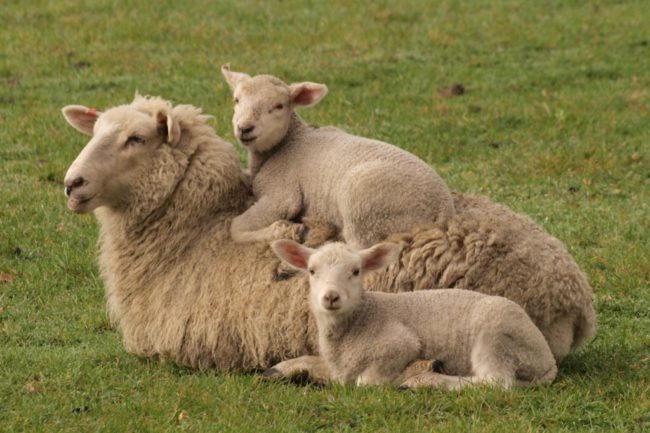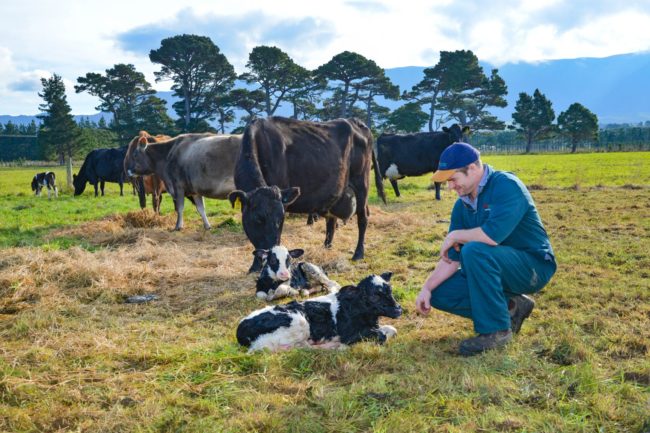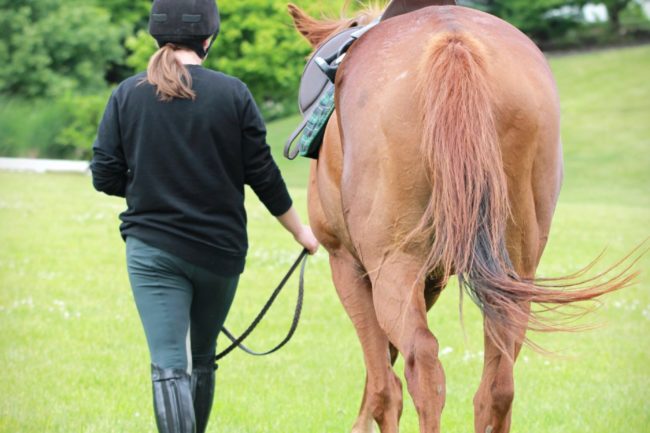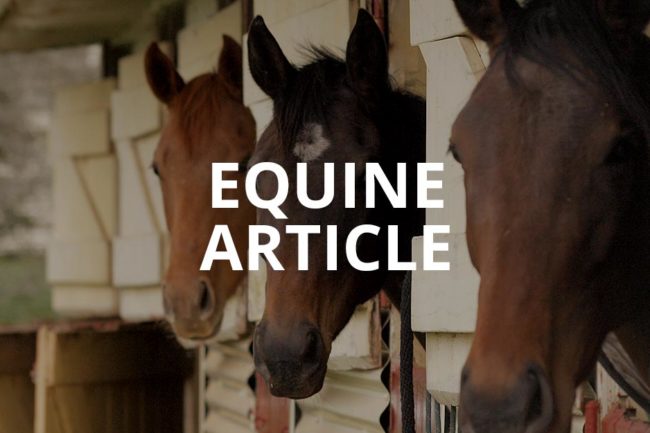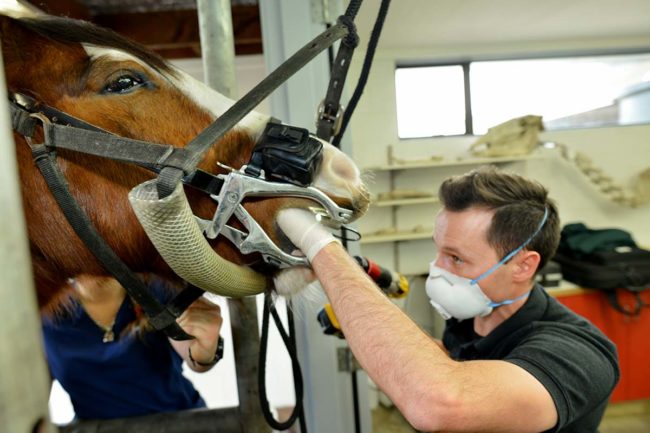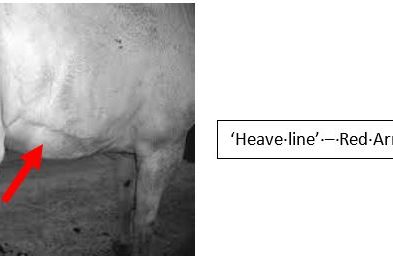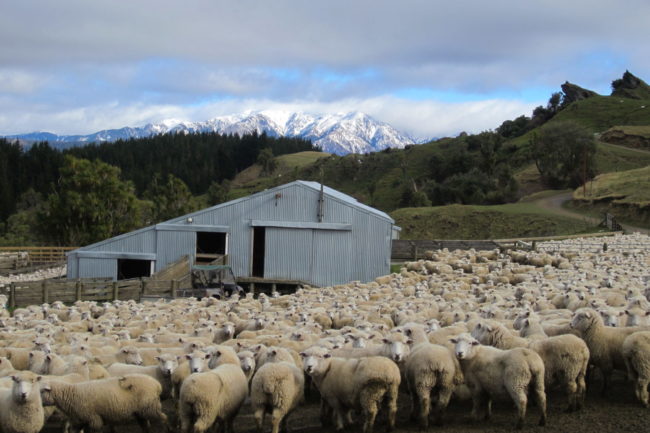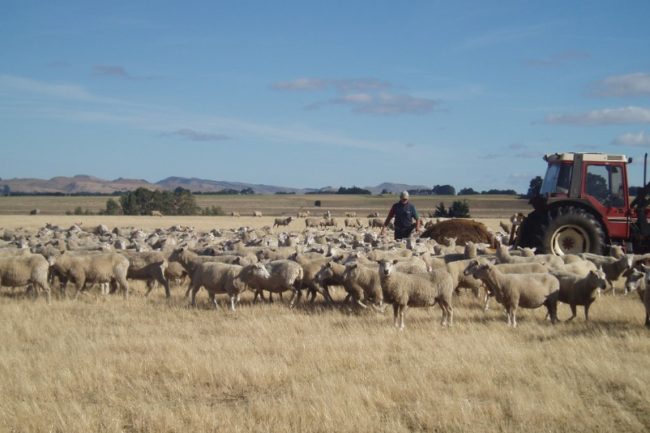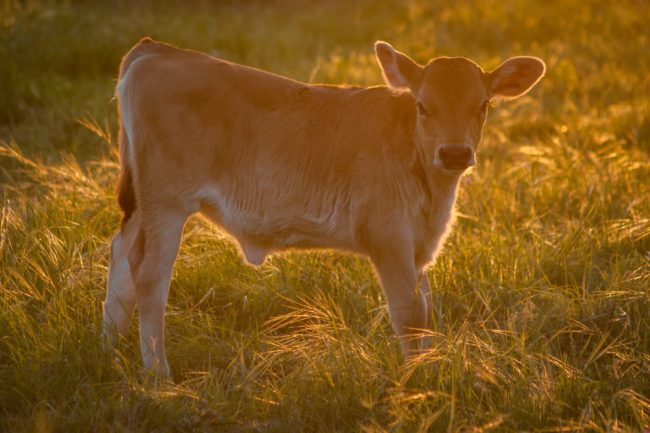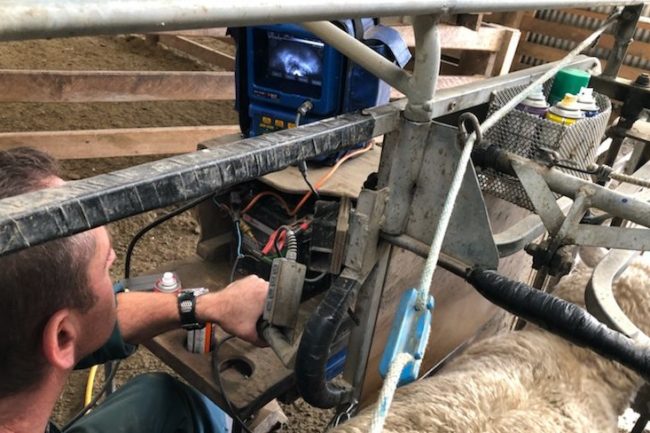Protecting your stock from clostridial disease
Your livestock are at risk from clostridial disease at key times throughout the year. This means full, annual protection is vital to protect them against death. Clostridial diseases are caused by a group of bacteria that have the ability to form resistant spores. Spores can concentrate in areas of high usage e.g. around yards, sheds…
Details

